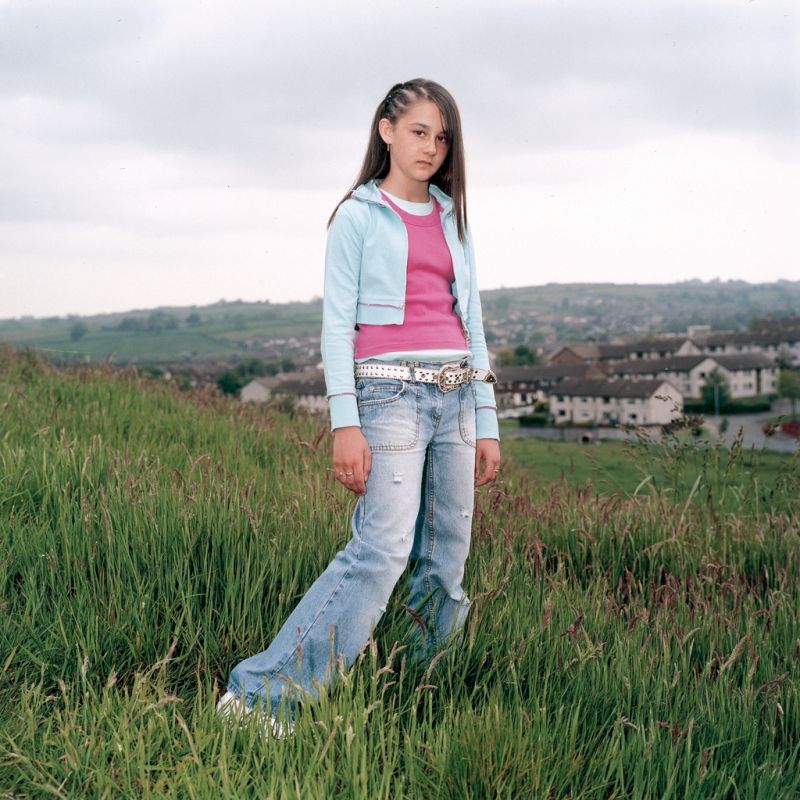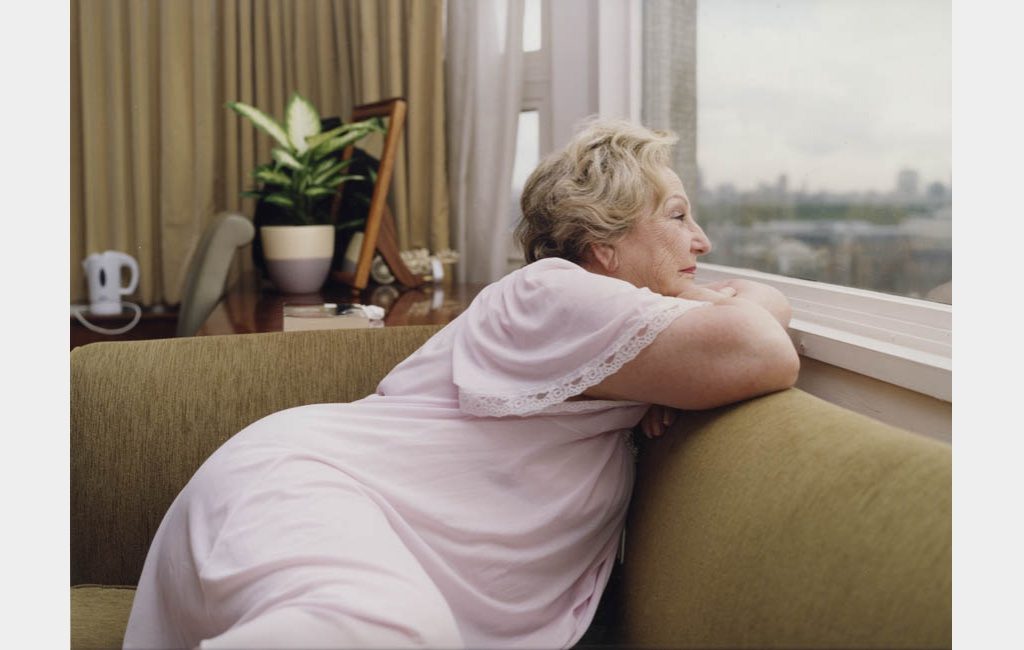LIFE AND WORK:
South African photographer, Michelle Sank, lives in England and is fascinated with the human condition. Her work, as a social documentarian, explores physical and human landscape through social and cultural diversity. She recently released her third monograph, The Submerged, through Schilt Publishing. Michelle has numerous bodies of work, many exploring people living on the edge of society, captured on the fringes of communities. She is drawn to the human performance in and the architectural definition of, place.
Her photographs have been exhibited and published in England, Europe, Australia, Mexico, South Africa and the U.S.A. She has undertaken numerous residencies for prominent galleries in the U.K. and Europe. Her work is held in numerous collections such as The Museum of Fine Arts, Houston, Texas and The Woodstock Centre for Photography, New York. In 2007 she was a winner in The Portrait Prize at the National Portrait Gallery, London and her work will be featured in the 8th International Biennial of Photography and Visual Arts BIP2012 which will take place from March 10 until May 6, 2012 in Liège (Belgium).
EXAMPLES OF WORK:




CRITICAL ANALYISIS:

VISUAL:
In terms of the visual aspects of the image, it is fairly simplistic in set up in both composition and color. The main focal point of the image is the lady sitting in the center of the image in a nigh gown staring straight out the window. The bleak looking city in the background in the image provides a contrasting image to the lady who seems to appear fairly content and happy judging by her facial expression. There are 3 very clear positionings in the image, the foreground, mid-ground and background, giving the image a sense of depth. The color scheme of the entire image is very muted, from the gloomy city to the light olive sofa and soft pink nigh gown of the lady, it keeps the image balanced and doesn’t immediately give a focal point. Another interesting point of the image is the mid-ground, where you are able to see various different items adding another focal point in the image. The top half of the image is fairly light compared to the bottom half of the image, due to the lady and sofa blocking out the natural light which is hitting from the right, top hand side of the image.
TECHNICAL:
In terms of technical set up, I can imagine Sank using a tripod throughout her series of works as there is always a constant level maintained in her work, where the camera is at eye level with the subject of the image, she never utilizes varying angles and her shot sizes are also quite constant. Using full body shots in her work. The lighting in her images are also fairly soft, therefore the exposure of the images are likely to be in the mid range (400-800), making them neither over or under exposed. Sank also exclusively uses natural lighting in all her work, including this one, her images are quite often set in the outdoors. Michelle almost certainly also asks her models to pose as in most of her work, they maintain very intense and constant eye contact with the camera, this image is a little different as there is no eye contact, but the position of the lady doesn’t seem natural, suggesting that this has been posed.
CONCEPTUAL:
“What’s on their walls is a metaphor for their identity and personality,” says Michelle Sank, whose latest project My.Self is a series of portraits of young people in their bedrooms in Sandwell, England.
When Michelle Sank approached young people on the streets of Sandwell, asking to take portraits of them in their bedrooms, most were happy to be photographed. It was trickier to negotiate with their parents, who were sceptical for obvious reasons. “I had to explain why it was so important for me to photograph them in their bedrooms,” says Sank. “What’s on their walls is a metaphor for their identity and personality”.
CONTEXTUAL;
Throughout the book, Sank has inserted questionnaires printed on sheets of yellow paper, with handwritten answers to questions like “List 5 words that describe your image/the way you dress”, “What would you like to be doing in 10 years time?” and “How do you feel about living in the Black Country?”
What’s intriguing is that the interviews don’t correspond to the people in the portraits, leaving it up to the reader to imagine who is speaking, and also giving a wider representation of young people in the Black Country. In doing so it raises the question of our urge to judge, and especially to judge young people – whether it’s from the way they look, or what they have to say about themselves.
